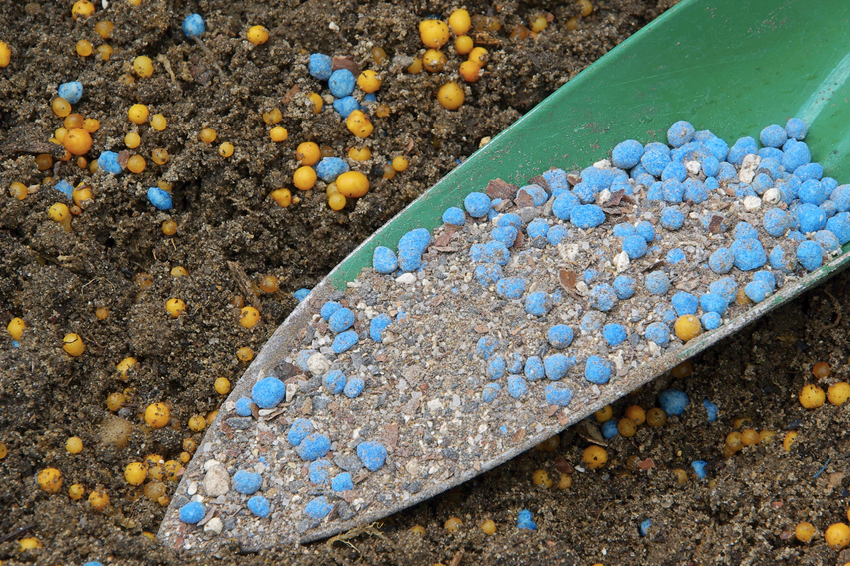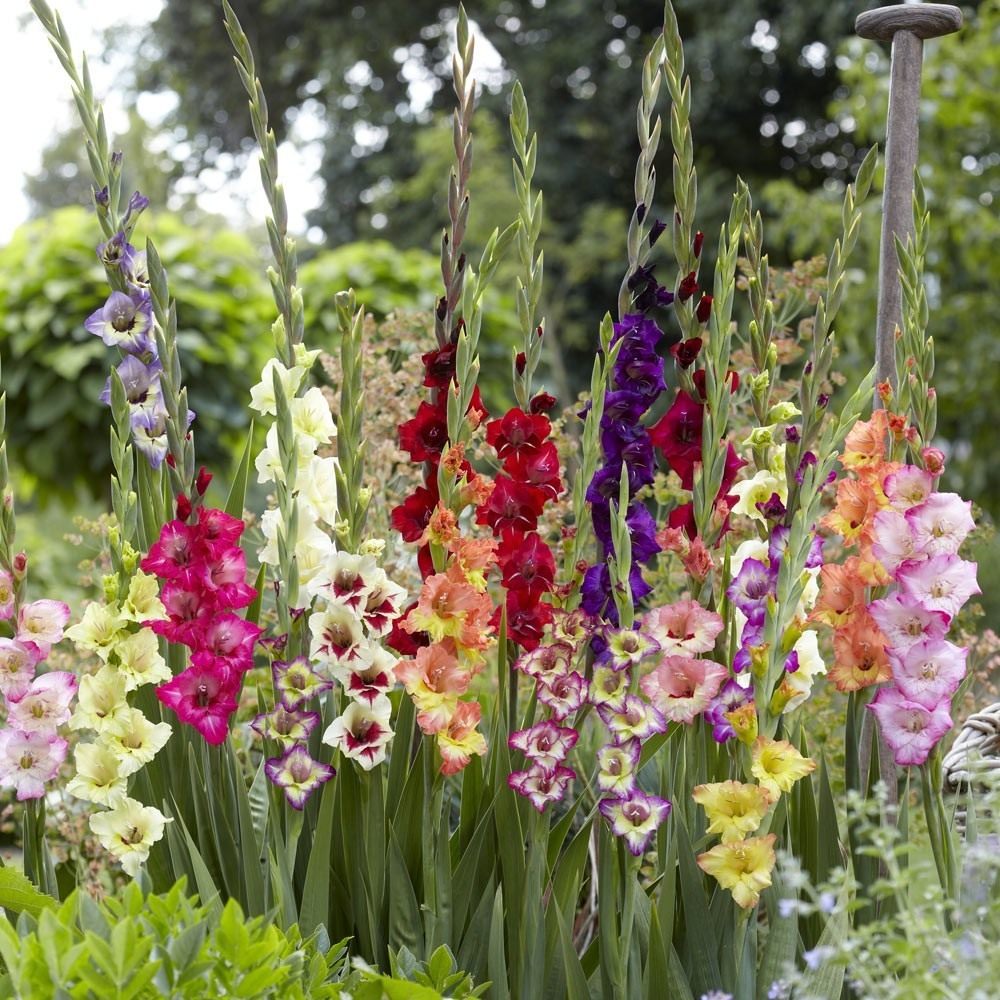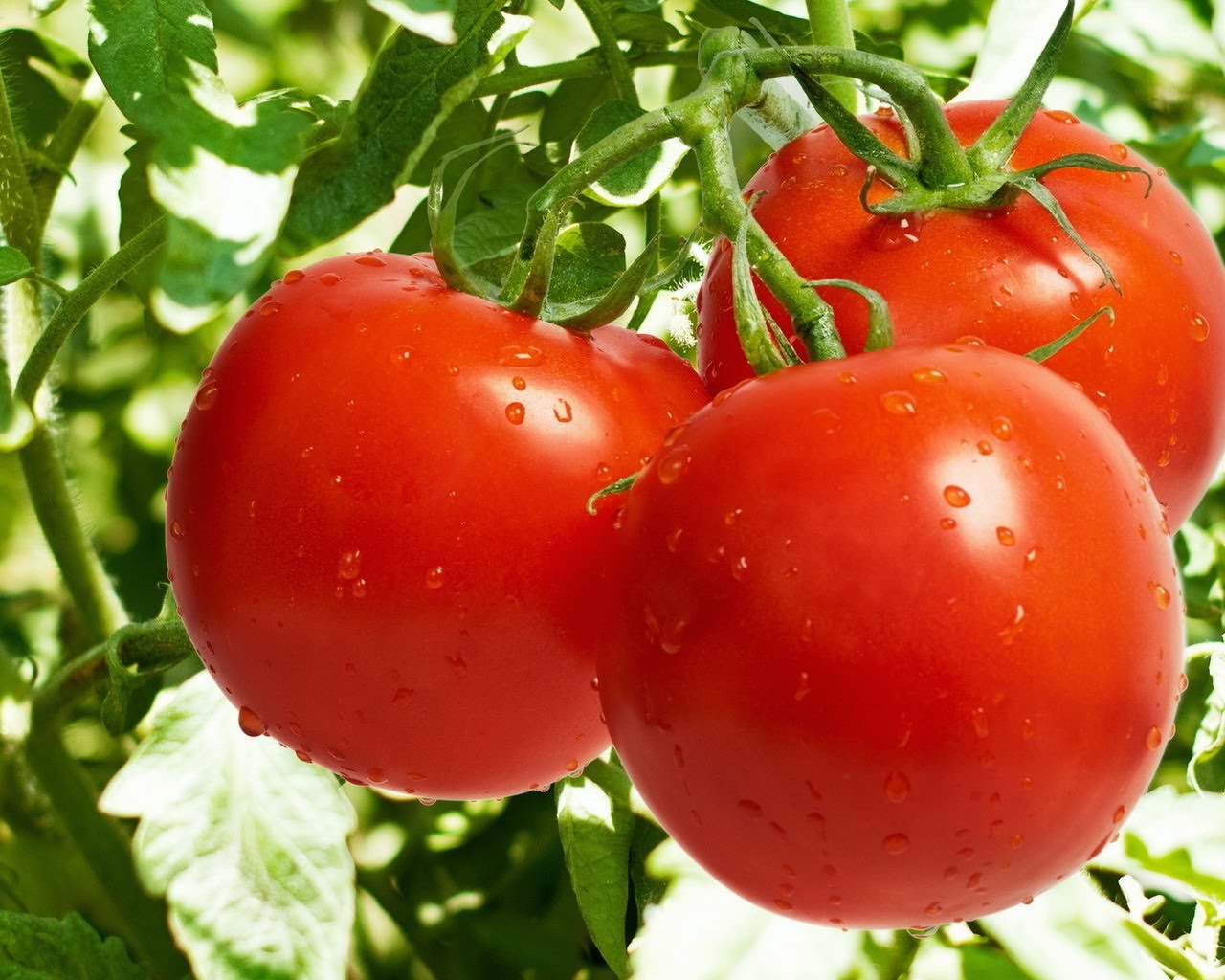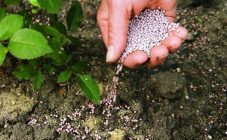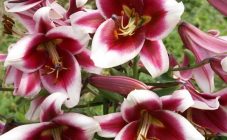Content:
Gladioli are one of those flowers that, with proper care, delight with abundant flowering. But in order to get large flowers, you will have to try and supply the plant with the necessary trace elements. Sadly, but, even with proper planting, if you do not provide the flower with proper care, you will not be able to wait for luxurious flowering.
Why feeding
Gladioli are bulbous plants, but unlike their relatives, they form a flowering arrow in the year of planting. Timely feeding is important for its successful formation. Fertilizing the soil means providing first aid to the plants.
Top dressing carried out on time ensures good growth, the formation of a strong stem, a large flower, an abundance of flowering, it is important to feed gladioli during the budding period. For each phase of development, a plant needs its own microelements, which it receives from the applied fertilizers.
With improper care and lack of nutrients, the plant will grow weak, the flowering arrow is curved, and the flowering will be scarce.
Fertilizer for gladioli
During the growing season of gladiolus, various fertilizers will be used, the composition of which directly depends on the timing of the feeding.
First feeding
Feeding of gladioli is made during the growth period. The very first nitrogen fertilizers are applied. The first feeding period is the appearance of 2-3 leaves. During this period, urea is introduced, per 1 sq. m use 30 g of urea, diluted in 10 liters of water. If you do not feed during this period, the flowering time will shift, the growth of the flower slows down, the leaves turn pale.
Urea is not the only fertilizer that is beneficial during this period. It can be easily replaced with mullein or chicken manure infusion. The first one is taken 1 liter for a bucket of water, the second 0.5 liters - for a bucket of water. Green fertilizer, or in another way the infusion of grass with the addition of ash, is an excellent analogue of urea.
To prepare a green fertilizer, you will need a large container, which is filled by a third with grass without roots and filled with water. The container is closed with a lid and the infusion is kept for three days. 1 liter of the resulting solution is diluted in 10 liters of water, a glass of ash is added and poured with the resulting amount of 1 sq. m landings.
Foliar dressing
Additionally, after the second leaf has appeared, they are sprayed with zircon, which stimulates the formation of roots, accelerates growth and flowering. 1 ampoule of the drug is diluted in 10 liters of water. Spraying is carried out in the evening in dry weather.
Second feeding
When the plant has 4 real leaves, it is time for the second feeding. This time potassium nitrate and potassium sulfate are used. In 10 liters of water, 35 g of saltpeter and 25 g of sulfate are diluted. The resulting fertilizer is watered 1 sq. m of plantings.
In the absence of potassium nitrate, it is replaced with ammonium nitrate (25 g) or urea (25 g). The need for nitrogen fertilization can be judged by the color of the leaves. If there is not enough nitrogen, then they will be pale. The abundance is evidenced by their dark green color. In this case, it is better to refuse nitrogen fertilization, since its excess negatively affects the growth and development of the plant.
Third feeding
The timing of this feeding corresponds to the appearance of 5-6 leaves. The priority is given to potash fertilizers. But do not forget about nitrogen and phosphorus.
Potassium is essential for plant metabolism. It also stimulates the protective functions of the plant, it is less sick and tolerates temperature changes more easily. Use 30 g of the drug per 10 l of water. The watering rate is still the same - 1 bucket per 1 sq. m. 15 g of urea can be added to this solution.
Fourth feeding
Produced during the ejection period of the peduncle. How to fertilize gladioli before flowering? In this case, complex fertilizers are used, for example, nitrophoska, nitroammofoska, kemira. The consumption rate of nitrophoska is 30 g per 10 liters. How to feed gladioli before flowering? Enough complex fertilizers. They contain all the trace elements necessary for the development of the plant, including phosphorus, which is necessary for abundant and longer flowering, as well as for the ripening of the bulbs.
When flowering, a boric acid solution is used. 1 sq. meter of plantings watered with 10 liters of water with the addition of 2 g of boric acid.
Fifth feeding
It will be final. It is carried out after the end of flowering. The watering rate is still the same: for watering, add 30 g of superphosphate and potassium sulfate to 10 liters of water.
At the end, in early September, a site with gladioli is shed with a solution of potassium permanganate - 5 g per 10 liters of water. This will be not only the final potash top dressing, but also the disinfection of the bulbs and soil.
The best food for lush flowering
How to feed gladioli for abundant flowering? The timing of the ejection of the peduncle and the number of buds on the boom are directly related to the application of phosphorus fertilizers. After all, it is phosphorus that is responsible for hydrocarbon exchange. If its deficiency is observed, then few buds are formed, plant growth, respectively, and the flowering time slows down, flowering is weak.
It is during the period when the plant should bloom that fertilizing is carried out with complex fertilizers, which contain all the necessary trace elements. You can additionally stimulate the rapid development of the plant and abundant flowering already in July using the means available to all.
How to feed gladioli for abundant flowering? Interestingly, ordinary ash is a source of phosphorus and potash fertilizers, which is why gladioli are so responsive to its introduction.
Potassium is no less important for flowering, which is responsible for metabolism and speeds up metabolism. If it is not enough, then this affects not only flowering, but also the development of corms.
Another available source of trace minerals is banana peel. It is rich in potassium and will help plants bloom faster. To obtain fertilizer, it is crushed and dried. The resulting powder is applied to the soil before planting. In the future, it will decompose, and the plant will receive the necessary dose of potassium.
To stimulate faster flowering, you can feed the gladioli with banana peel infusion. For this purpose, fresh banana skins are poured with water and infused for 7 days. You may need a lot of these skins, but for small plantings, this is an excellent flowering stimulator. This solution not only helps gladioli bloom faster, but also fights aphids well.
Tips from experienced florists
As they say, a lot comes with experience. Therefore, in order to get beautiful flowers, it is important to listen to the opinion of experts who willingly share their recommendations:
- Before feeding, the soil is moistened. After fertilization, watered abundantly.
- It is better to carry out feeding in the evening.
- Sunny places are most suitable for planting.
- Watering - once every 7 days, per 1 sq. m consume 1.5 buckets of water.
- Feeding should be regular.
- During the rainy season, it is better not to carry out top dressing, so all the fertilizers applied will simply be washed off with water.
Compliance with the recommendations for the cultivation and feeding of gladioli will allow you to get a paradise in the garden with beautiful and unusual flowers. How beautiful bouquets of gladioli in vases will look! Of course, these are traditional flowers that are given to teachers on September 1st.

